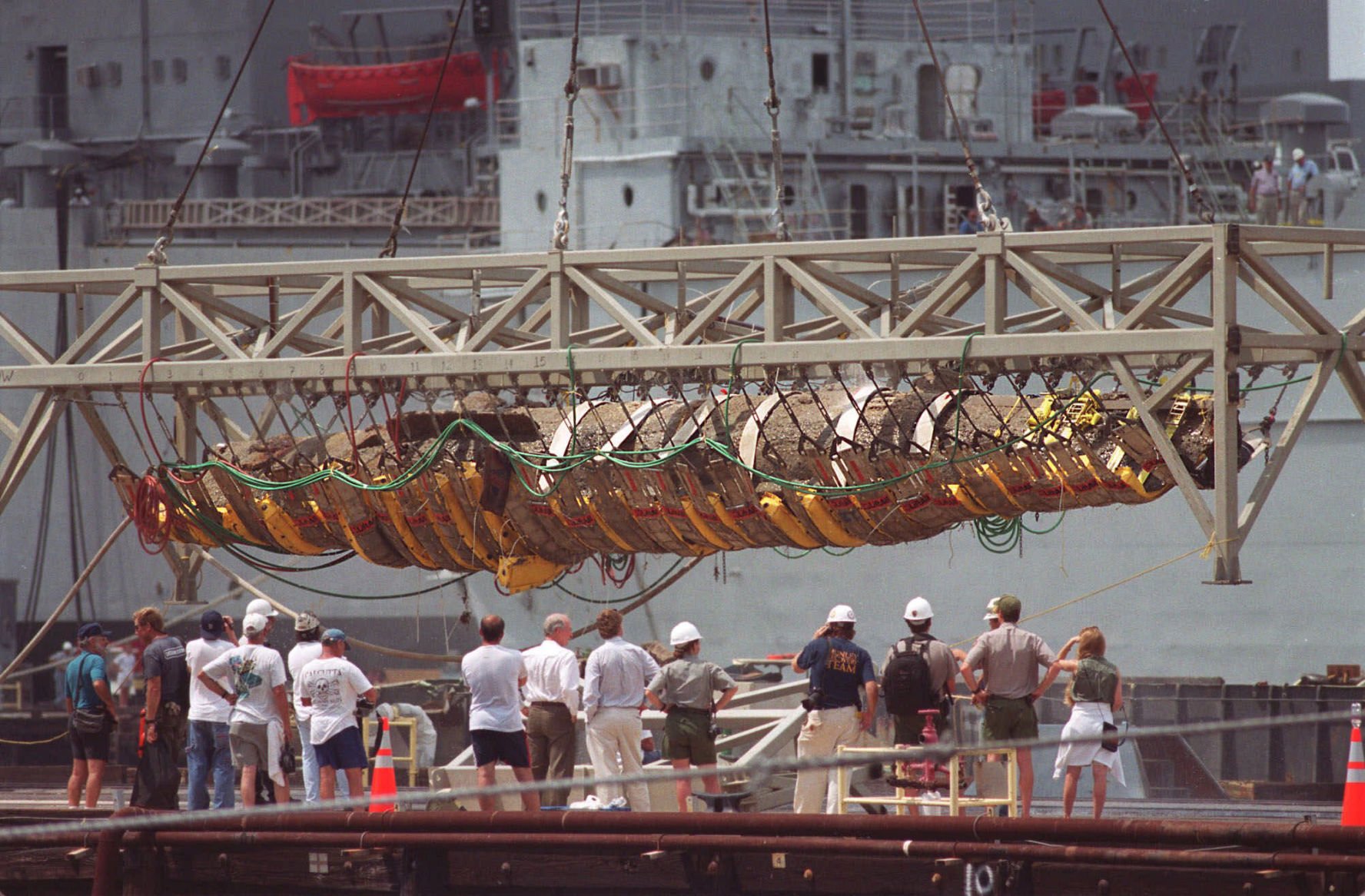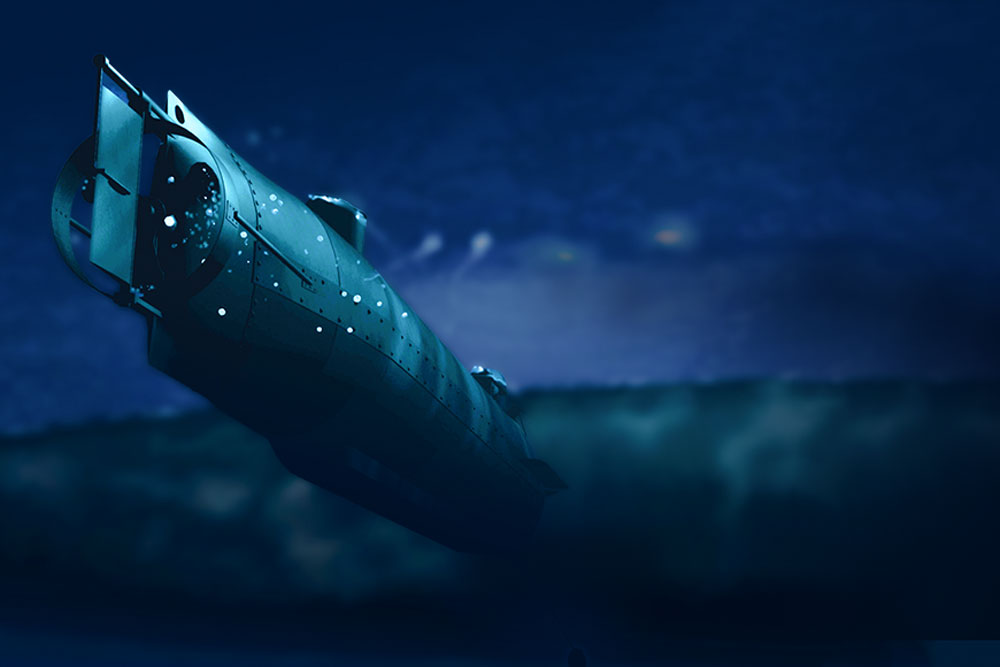
But more tests were to follow before the Hunley could be readied for war.Ī life size model of the CSS Hunley on the grounds of The Charleston Museum, Charleston. In July 1863, the Hunley made a successful demonstration of its attack capabilities by sinking an old coal-hauling barge in the middle of the Mobile River. Once the submarine dove and passed under the keel of her target, she would resurface on the other side, causing the torpedo to be drawn against the targeted ship and explode. The Hunley was originally designed to dive completely below her target while towing behind a floating torpedo at the end of a long rope. A single candle provided light, while also functioning as an indicator to the quality of the air inside the vessel-if the flame flickered and died out then there was too little oxygen left. The Hunley could remain submerged for two excruciating hours before having to surface for fresh air. In the case of emergencies when the submarine needed to rise up quickly, these weights could be unscrewed from inside the cabin. The craft was also weighted down with additional iron weights screwed to the bottom. Each end of the submarine was equipped with ballast tanks that could be flooded by opening valves, or pumped dry by hand pumps allowing Hunley to submerge and surface. Inside that terribly small space, eight burly men sat side by side along the length of the vessel and hand-cranked the crankshaft that turned the propeller. Hunley, the submarine, was about 40 feet long and less than four feet in diameter. Hunley named the vessel after himself.ĭrawing of Hunley from Popular Science Magazine, circa 1900. It was never recovered, but the lessons learned from Pioneer and American Diver gave Hunley and his team enough confidence to create a third vessel that would succeed. Nevertheless, it was decided to deploy the submarine and in 1863, while towing the American Diver down Mobile Bay, in the Gulf of Mexico, in an attempt to attack on the Union blockade, the submarine foundered in the heavy seas and sank. The American Diver was an ungainly vessel and too slow to be practical.

Eventually, they decided to stick to conventional hand-cranked means of propulsion that had powered the Pioneer.

The plan was to power the American Diver using some sort of an engine, like an electric motor or a steam engine, but they were unable to produce enough power to propel the craft. The Pioneer was followed by the American Diver.

After only a short month of tests, the Pioneer was scuttled by the Confederates to avoid capture by the approaching Union army. The first was Pioneer, a prototype built in early 1862 and tested in the Mississippi River, and later in Lake Pontchartrain. Hunley was one of three submarines that Horace Lawson Hunley built for the Confederate Navy during the American Civil War. But it wasn’t the first time the submarine had sunk.ġ864 painting of H. Shortly after, the Hunley itself sank and disappeared from existence. They concluded these rushes of air to be sufficient enough to cause pulmonary and brain trauma, killing the crew instantly while barely leaving a broken bone. So, the crew was effectively killed by their own weapon.On 17 February 1864, the Confederate submarine CSS Hunley attacked and sank a 1,240-ton United States Navy ship, the USS Housatonic, and entered history books as the first combat submarine to sink a warship. They mimicked the gunpowder explosions and blasted the submarine with pressurized air while monitoring the internal pressure inside the cabin generated by each blast. Friends of the HunleyĪ team of naval warfare experts and biomedical scientists reconstructed a scale model of the submarine using a similar steel used in Civil War-era ships.

"Finding the cause of death of the crew has finally allowed us to declare the mystery solved." An X-ray reconstruction of the interior of the HL.Hunley shows the color-coded skeletons of the eight crewmen still at their stations with no broken bones. "The disappearance of the Hunley has long stood as one of the great mysteries of American history," lead study author Rachel Lance of Duke University said in a statement. In a study in the journal PLOS One, they explain how the crew died from an intense blast of air caused by setting off the black powder torpedo. Now scientists have reinvestigated the sub’s mysterious demise and found the cause of death of those unfortunate sub-mariners.


 0 kommentar(er)
0 kommentar(er)
